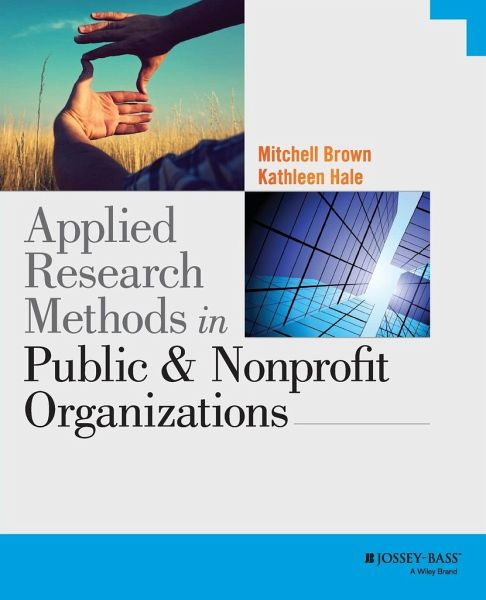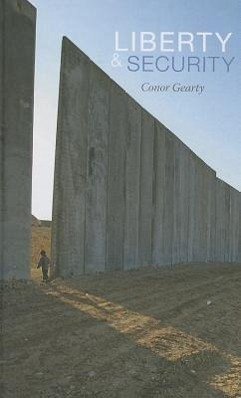
Applied Research Methods in Public and Nonprofit Organizations
Versandkostenfrei!
Versandfertig in über 4 Wochen
81,99 €
inkl. MwSt.
Weitere Ausgaben:

PAYBACK Punkte
41 °P sammeln!
A complete guide to applied research, featuring original data and detailed case studiesApplied Research Methods in Public and Nonprofit Organizations takes an integrative approach to applied research, emphasizing design, data collection, and analysis. Common case studies across chapters illustrate the everyday nature of research, and practical exercises reinforce concepts across all sections of the text. The book includes forms and formats for data collection and analysis, plus writing excerpts that demonstrate results reporting and presentation. The accompanying instructor s guide features as...
A complete guide to applied research, featuring original data and detailed case studies
Applied Research Methods in Public and Nonprofit Organizations takes an integrative approach to applied research, emphasizing design, data collection, and analysis. Common case studies across chapters illustrate the everyday nature of research, and practical exercises reinforce concepts across all sections of the text. The book includes forms and formats for data collection and analysis, plus writing excerpts that demonstrate results reporting and presentation. The accompanying instructor s guide features assignments, discussion questions, and exercises referenced in the book, and the authors own data sets are available for use online.
Conducting research, analyzing results, and synthesizing the findings for key stakeholders is fundamental to the study and practice of public and nonprofit management. Aligned with management curriculum for both sectors, the book focuses on the common ground these organizations share when it comes to planning, conducting, and using research in day-to-day professional activities. The original research examples presented are in the context of this shared commonality, including resource acquisition, evaluative processes, and future planning through the lens of common social policy issues facing leaders today. Topics include:
The research process and applied research designs
Applied research questions and literature
Data collection in the field and survey research
Data analysis, writing, and presentation
The examples highlight intergovernmental institutions in which public service occurs, and provide expanded reach to nonprofit organizations and the networked collaborations that make up a significant portion of today s public service. For students and practitioners of public administration, public policy, and nonprofit management, Applied Research Methods in Public and Nonprofit Organizations provides a comprehensive reference to this critical skillset.
Applied Research Methods in Public and Nonprofit Organizations takes an integrative approach to applied research, emphasizing design, data collection, and analysis. Common case studies across chapters illustrate the everyday nature of research, and practical exercises reinforce concepts across all sections of the text. The book includes forms and formats for data collection and analysis, plus writing excerpts that demonstrate results reporting and presentation. The accompanying instructor s guide features assignments, discussion questions, and exercises referenced in the book, and the authors own data sets are available for use online.
Conducting research, analyzing results, and synthesizing the findings for key stakeholders is fundamental to the study and practice of public and nonprofit management. Aligned with management curriculum for both sectors, the book focuses on the common ground these organizations share when it comes to planning, conducting, and using research in day-to-day professional activities. The original research examples presented are in the context of this shared commonality, including resource acquisition, evaluative processes, and future planning through the lens of common social policy issues facing leaders today. Topics include:
The research process and applied research designs
Applied research questions and literature
Data collection in the field and survey research
Data analysis, writing, and presentation
The examples highlight intergovernmental institutions in which public service occurs, and provide expanded reach to nonprofit organizations and the networked collaborations that make up a significant portion of today s public service. For students and practitioners of public administration, public policy, and nonprofit management, Applied Research Methods in Public and Nonprofit Organizations provides a comprehensive reference to this critical skillset.













